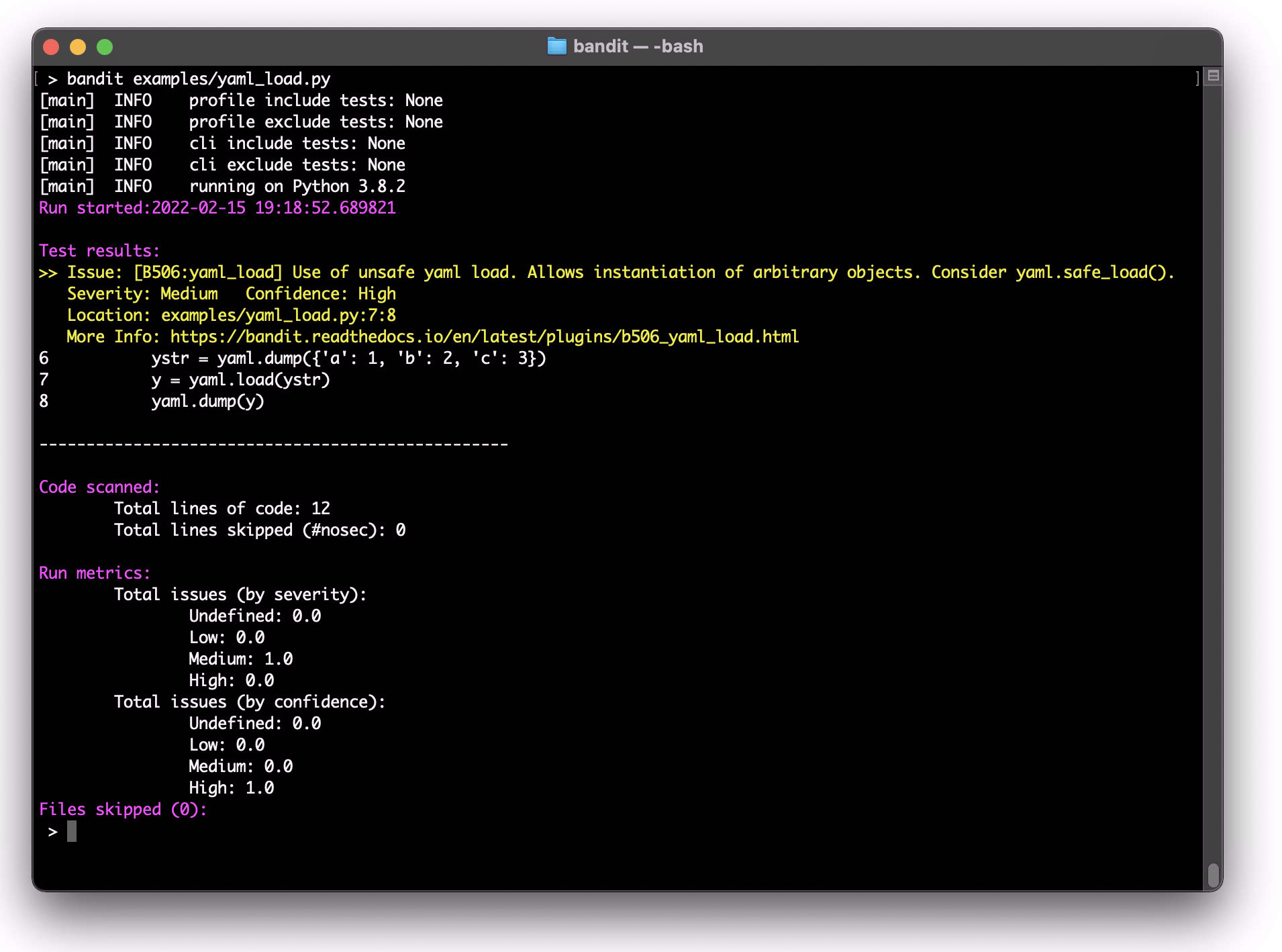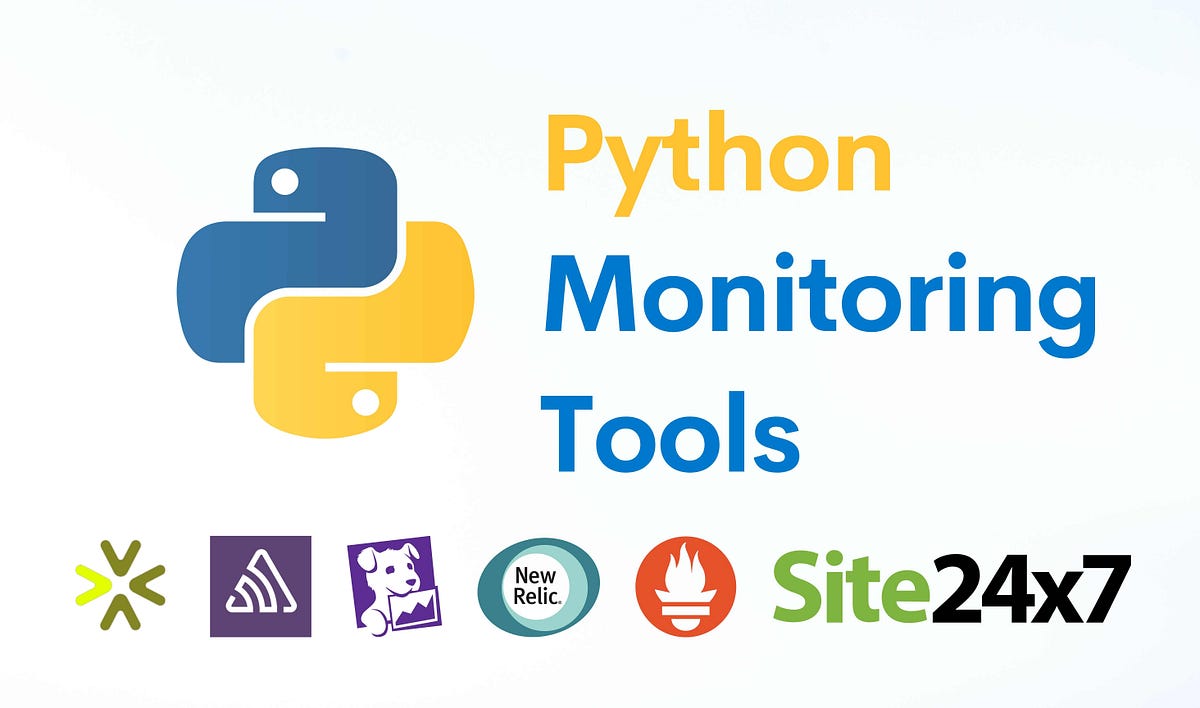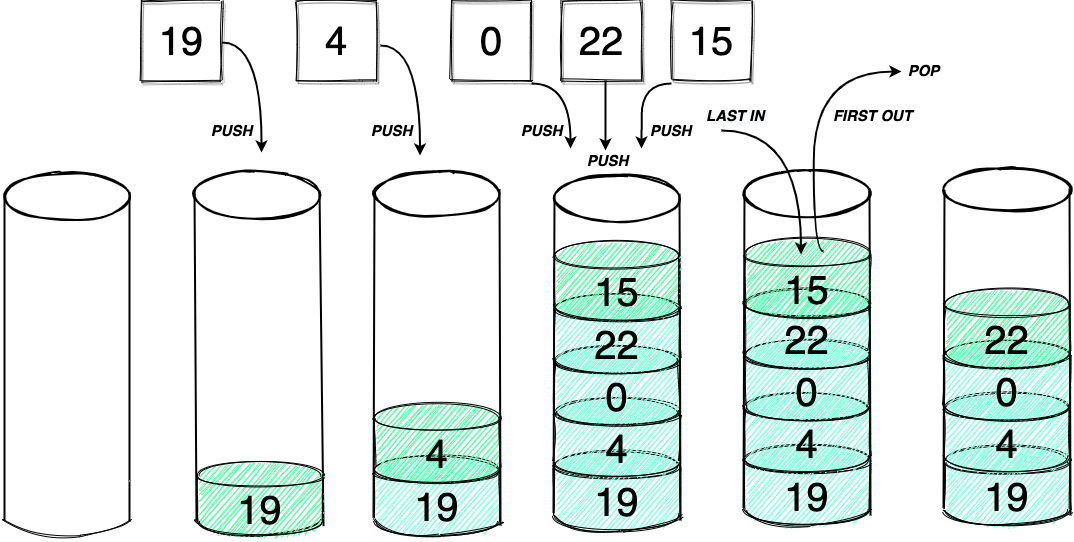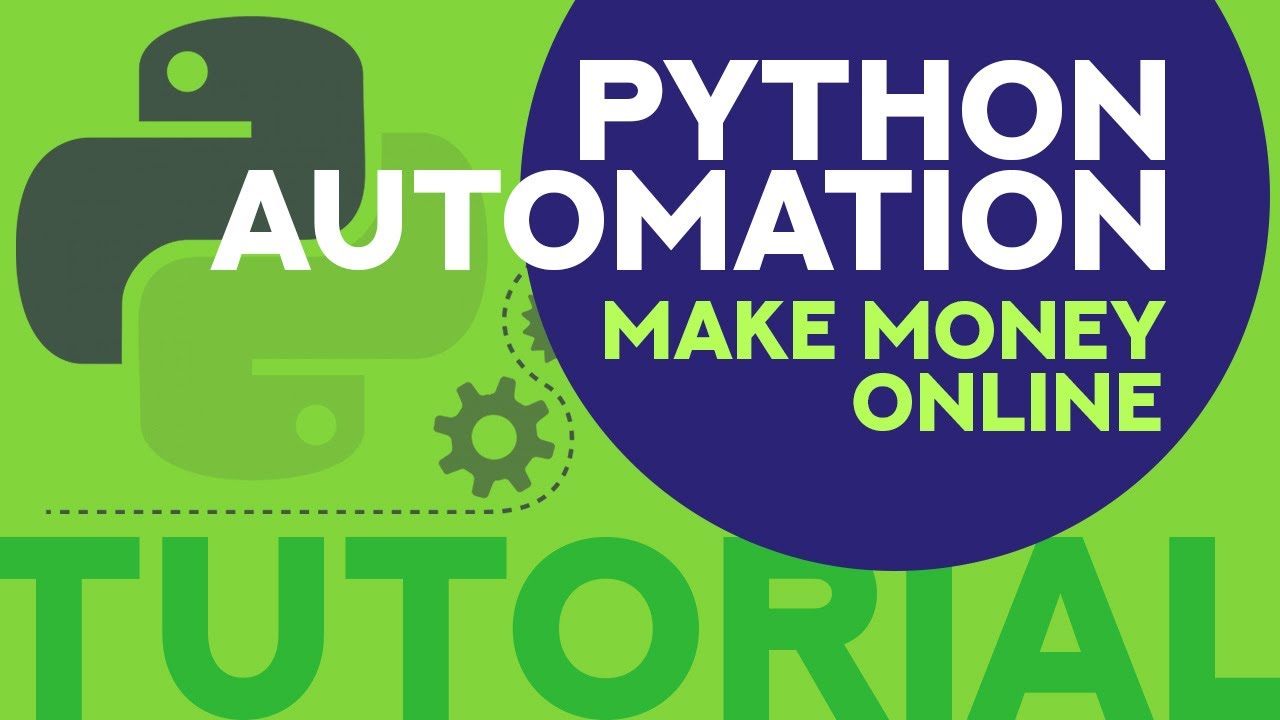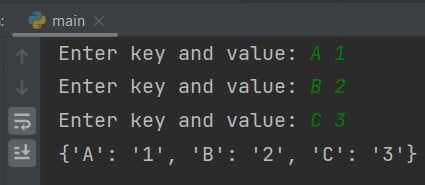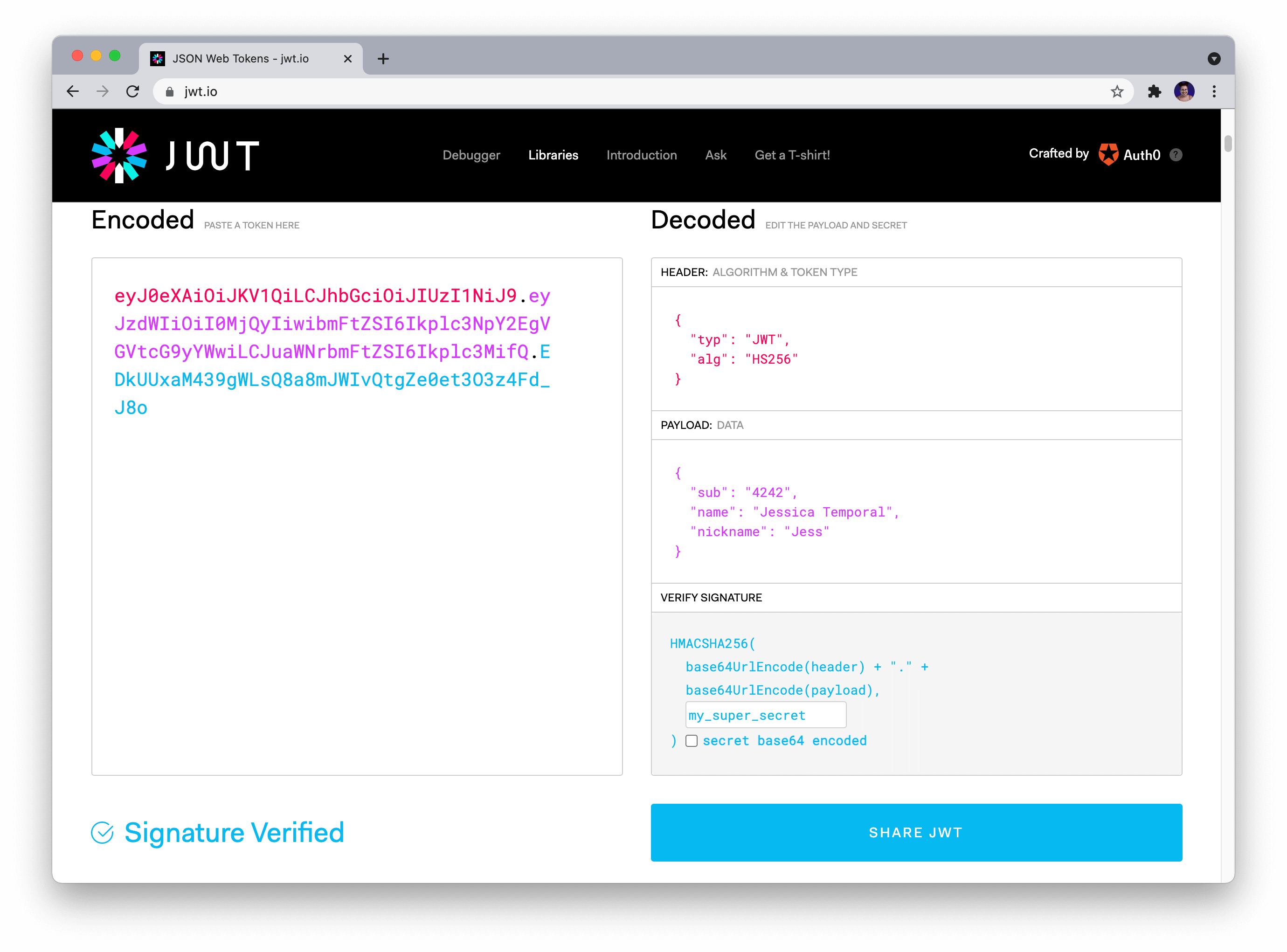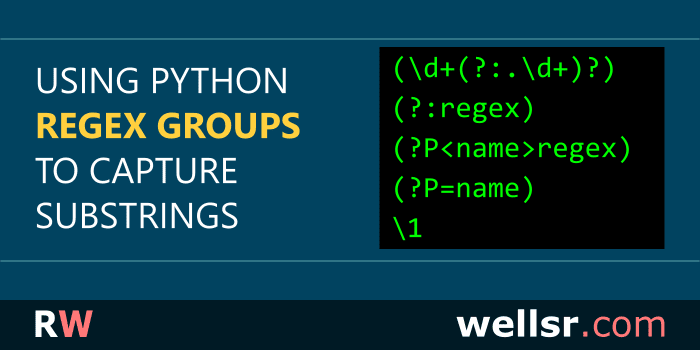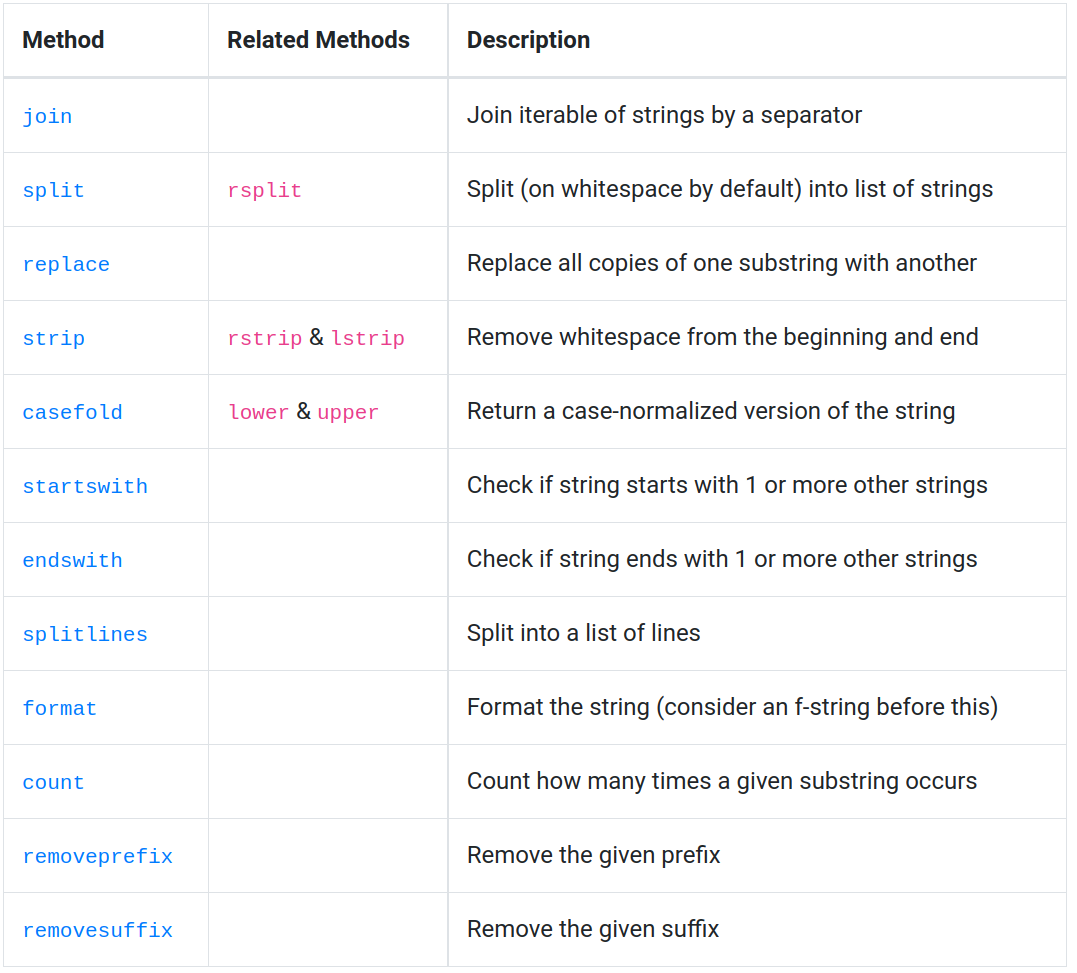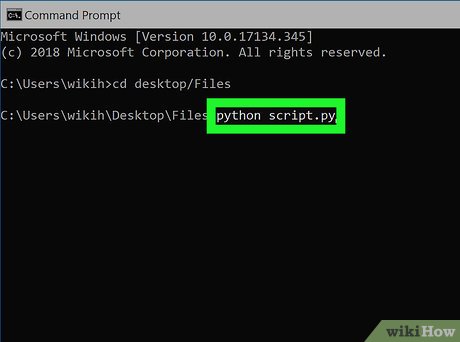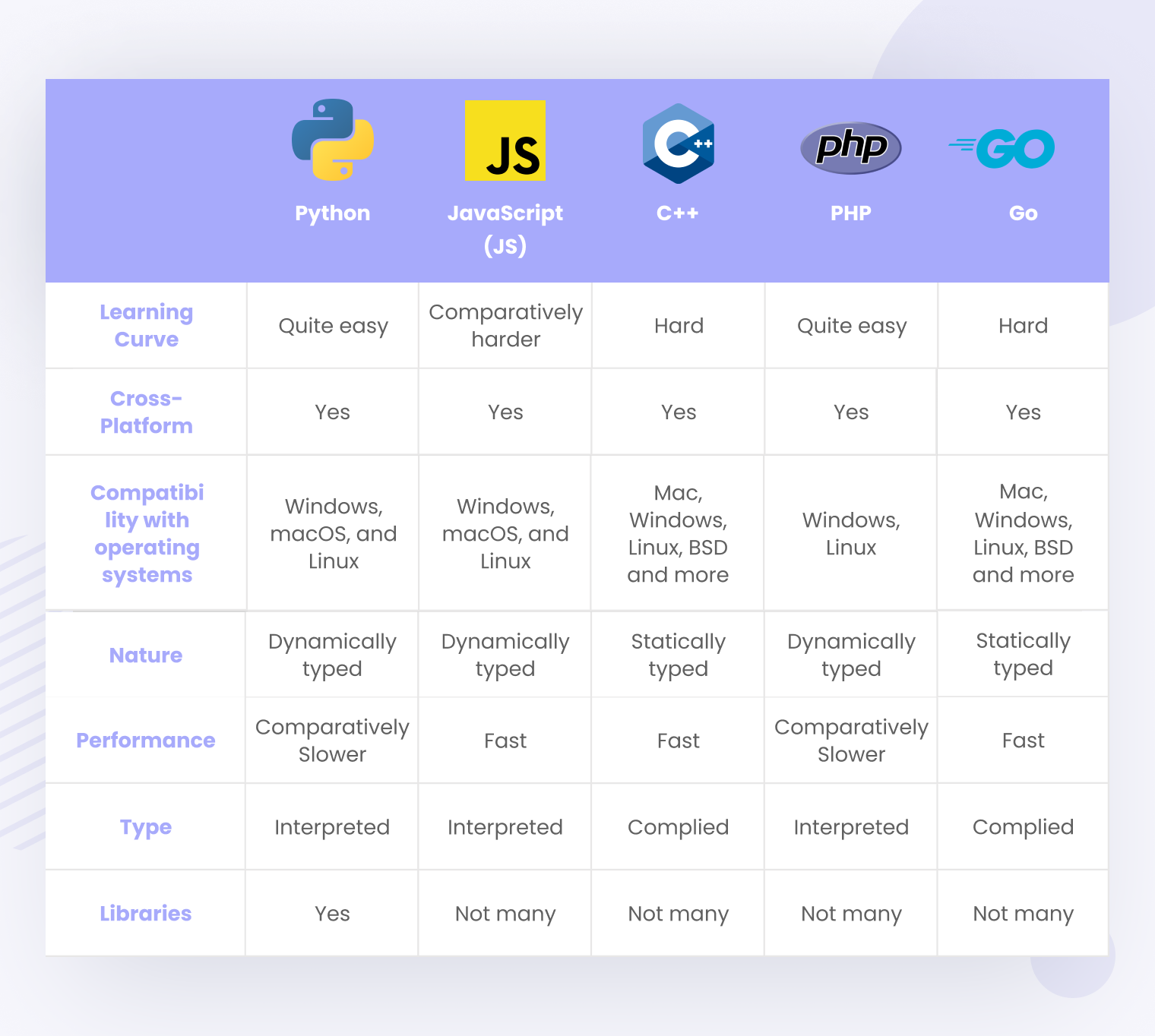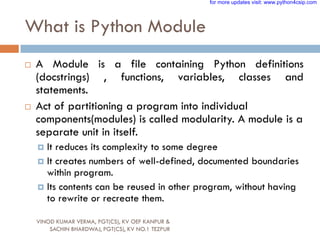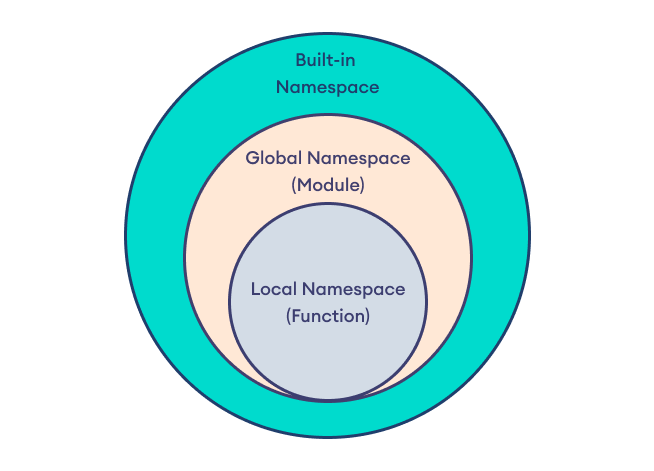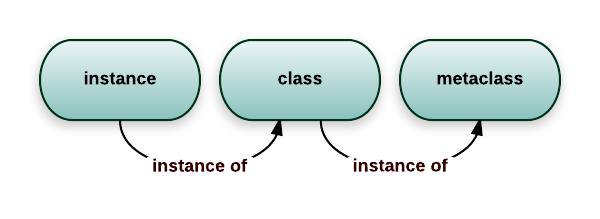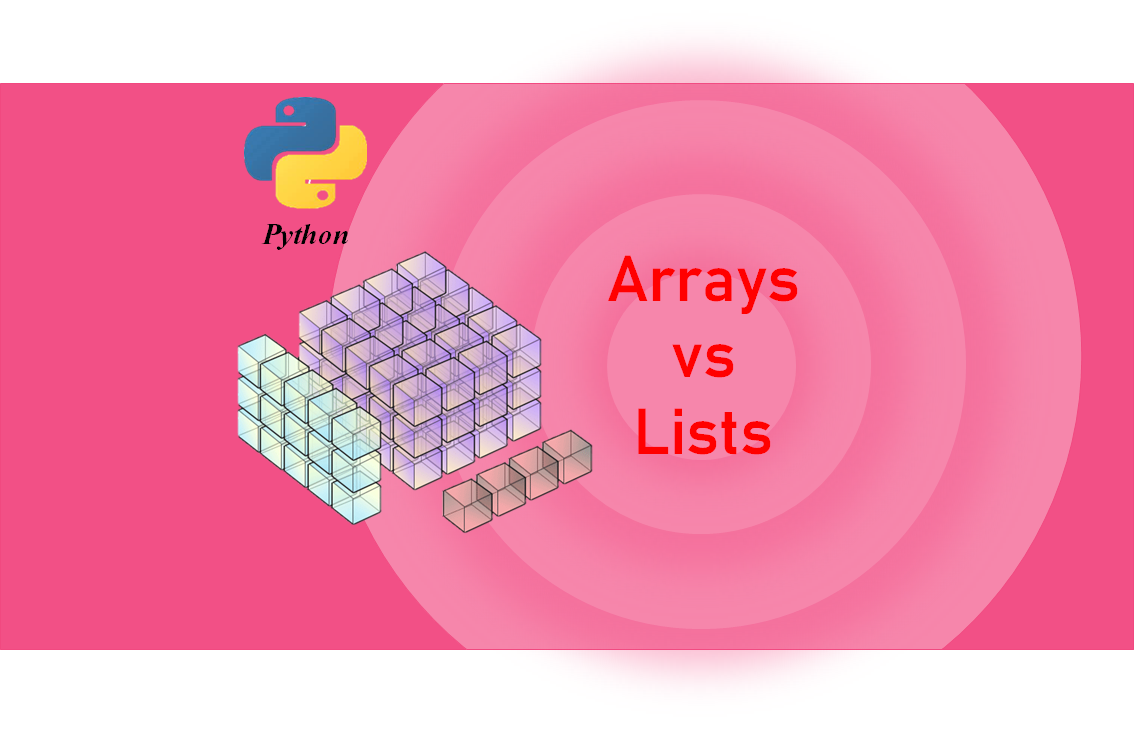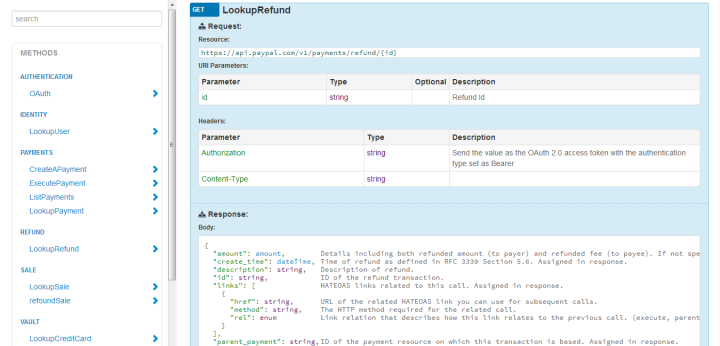Should you encapsulate in Python?
Should you encapsulate in Python?
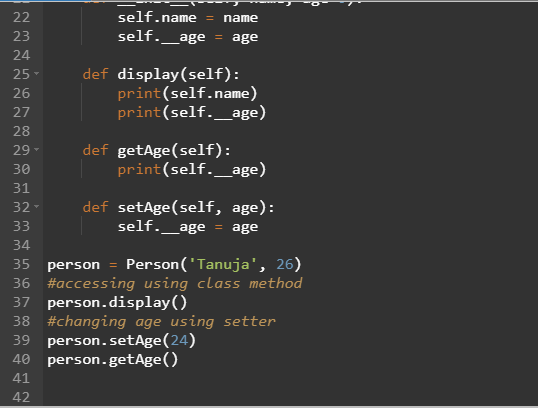
The age-old question: should I use encapsulation in Python? Well, let me tell you, my friend, the answer is a resounding yes!
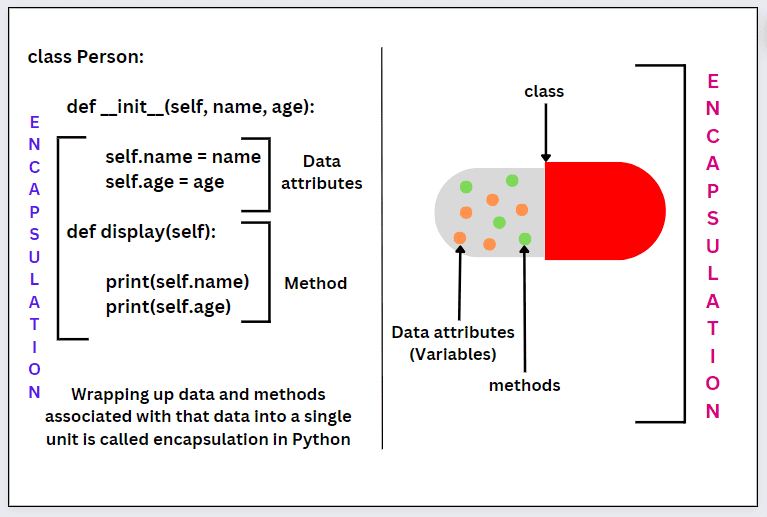
Encapsulation is an essential concept in object-oriented programming (OOP), and while Python is not strictly OOP like languages such as Java or C++, it still supports the principles of encapsulation. In fact, one of the key features that makes Python so attractive to developers is its ability to blend the best of both worlds - the flexibility of functional programming and the structure of OOP.
So, what exactly is encapsulation? Simply put, encapsulation is the idea of hiding an object's internal state (its data) from external interference or modification. This helps maintain the integrity and consistency of your code by preventing accidental changes to critical variables or methods.
In Python, you can achieve encapsulation using classes. A class is essentially a blueprint for creating objects, and it provides a way to group related data and methods together. By defining a class with private attributes (using the double underscore prefix, e.g., _internal_state) and public methods that interact with those attributes, you can effectively hide your internal implementation details from external access.

Here's an example of how you might implement encapsulation in Python:
class BankAccount:
def init(self):
self.__balance = 0.0
def deposit(self, amount):
if amount > 0:
self.__balance += amount
else:
raise ValueError("Invalid deposit amount")
def get_balance(self):
return self.__balance
Create an instance of the BankAccount class
account = BankAccount()
Try to access the internal balance variable directly (bad practice!)
try:
print(account._BankAccount__balance)
except AttributeError:
print("Access denied!")
Use public methods to interact with the account
account.deposit(100.0)
print(account.get_balance()) # Output: 100.0
In this example, the BankAccount class encapsulates its internal state (_internal_state) and provides public methods for depositing funds and retrieving the balance. By hiding the internal implementation details, you can prevent accidental changes to critical variables or methods.
But that's not all - encapsulation also helps with code reuse and modularity! By breaking down your program into smaller, independent components (classes), you can easily extend or modify individual modules without affecting other parts of your codebase. This makes it much easier to maintain and evolve your software over time.
So, to answer the question: should I use encapsulation in Python? Absolutely! Encapsulation is a fundamental concept that can help you write cleaner, more modular, and more robust code. By hiding internal implementation details and providing controlled access points through public methods, you can create a solid foundation for your programs.
In conclusion, while Python may not be strictly OOP like some other languages, it still supports the principles of encapsulation. By using classes to encapsulate data and behavior, you can write more maintainable, flexible, and efficient code that's easier to extend or modify over time.
And remember, my friend - encapsulation is not just a nice-to-have feature; it's an essential tool for building robust, scalable software that stands the test of time!
Which of the following is the most suitable definition for encapsulation in Python?
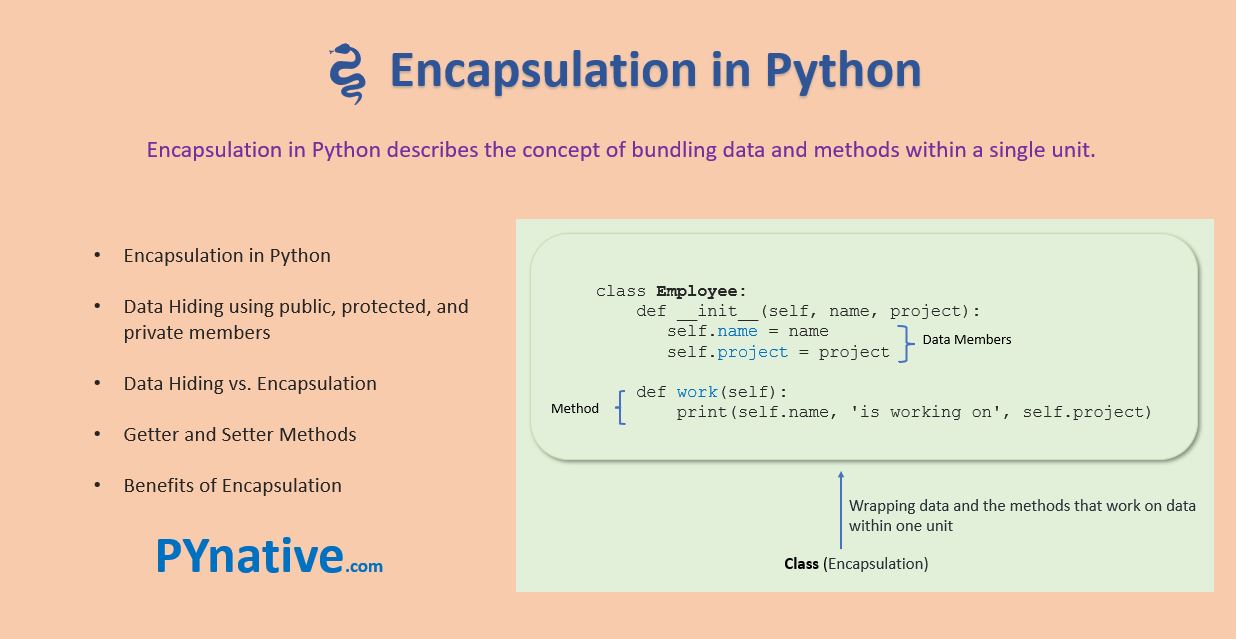
I'm happy to respond in English!
Encapsulation in Python refers to the idea that an object (or class) can wrap around data and methods, providing a way to control access to these components. This concept helps define a clear boundary between the internal implementation details of an object and its external interactions.
In Python, encapsulation is often achieved through the use of classes and instances. When you create a class, you can define attributes (data) and methods that operate on those data. By using the __init__ method to initialize an instance of the class, you can control how the object's internal state is set up.
Here are some key aspects of encapsulation in Python:
Hiding internal implementation details: By wrapping your code inside a class or function, you're effectively hiding the internal implementation details from the outside world. This means that other parts of your program can interact with the class without needing to know how it works internally. Controlling access to data: Encapsulation allows you to control who can access and modify the object's internal state (attributes). You can achieve this by using public, private, or protected access modifiers (e.g.,__ prefix for Python), making certain attributes inaccessible from outside the class. Encapsulating behavior: Methods within a class can perform specific actions on the encapsulated data. This behavior is controlled and managed within the class, without exposing the internal workings to other parts of your program. Improved modularity and reusability: By encapsulating code into classes or functions, you can create self-contained modules that are easier to understand, modify, and reuse in different parts of your program. Reducing coupling between components: Encapsulation helps minimize the dependencies between different parts of your program, making it easier to change or replace individual components without affecting other parts.
Here's an example of how you might use encapsulation in Python:
class BankAccount:def init(self, balance=0):
self.__balance = balance
def deposit(self, amount):
self.__balance += amount
def get_balance(self):
return self.__balance
Create an instance of the BankAccount classaccount = BankAccount(100)
Deposit some money (encapsulated behavior)account.deposit(50)
Get the current balance (encapsulated data)print(account.get_balance()) # Output: 150
Trying to access internal state directly (not recommended!) account.__balance = 200
In this example, you can see that the BankAccount class encapsulates its internal state (__balance) and behavior (depositing and retrieving funds). The outside world can only interact with the object through the provided methods, keeping the internal implementation details hidden.
Overall, Python's encapsulation mechanism helps developers create robust, maintainable, and scalable programs by controlling access to data and methods, making it a crucial concept in object-oriented programming.
